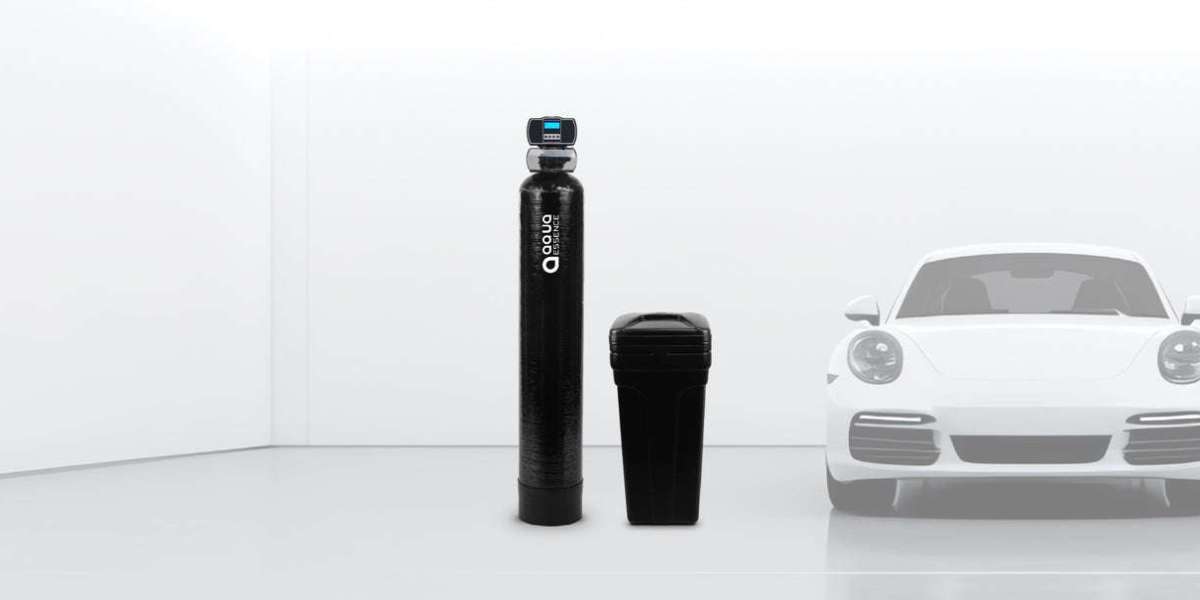Are you looking to improve the quality of your drinking water at home? Reverse osmosis and water softeners are two popular options that can help you achieve clean, great-tasting water. In this article, we will discuss essential tips for using reverse osmosis and water softeners to ensure you get the most out of these water treatment systems.
Understanding Reverse Osmosis
Reverse osmosis is a water purification process that removes contaminants from water by pushing it through a semipermeable membrane. This membrane allows only water molecules to pass through, leaving behind impurities such as dissolved salts, heavy metals, and chemicals. Reverse osmosis systems are highly effective at producing clean and safe drinking water.
Tip 1: Regular Maintenance
To ensure optimal performance, it is essential to perform regular maintenance on your reverse osmosis system. This includes replacing filters and membranes as recommended by the manufacturer. By keeping your system well-maintained, you can prolong its lifespan and continue to enjoy clean water.
Tip 2: Monitor Water Pressure
Proper water pressure is crucial for the efficient operation of a reverse osmosis system. Make sure to monitor the water pressure in your home and adjust the system accordingly. Low water pressure can impact the performance of the system, while high water pressure can cause damage to the membrane.
Using Water Softeners
Water softeners are devices that remove minerals such as calcium and magnesium from hard water, preventing limescale buildup in pipes and appliances. Softened water is gentler on the skin, helps clothes and dishes stay cleaner, and prolongs the life of water-using appliances.
Tip 3: Choose the Right Type
There are different types of Water softeners available, including salt-based and salt-free systems. Consider your water quality, budget, and maintenance preferences when choosing a water softener for your home. Salt-based systems are effective at removing minerals but require regular salt replenishment, while salt-free systems are low maintenance but may not be as effective for very hard water.
Tip 4: Install Properly
Proper installation is key to the efficient operation of a water softener. Make sure to follow the manufacturer's guidelines and consult a professional if needed. Incorrect installation can lead to water leaks, reduced effectiveness, and potential damage to the system.
Conclusion
In conclusion, reverse osmosis and water softeners are valuable tools for improving the quality of your drinking water and protecting your home appliances. By following these essential tips, you can ensure that your reverse osmosis system and water softener work effectively and efficiently. Remember to perform regular maintenance, monitor water pressure, choose the right type of water softener, and install it properly. With proper care and maintenance, you can enjoy clean, soft water for years to come.



